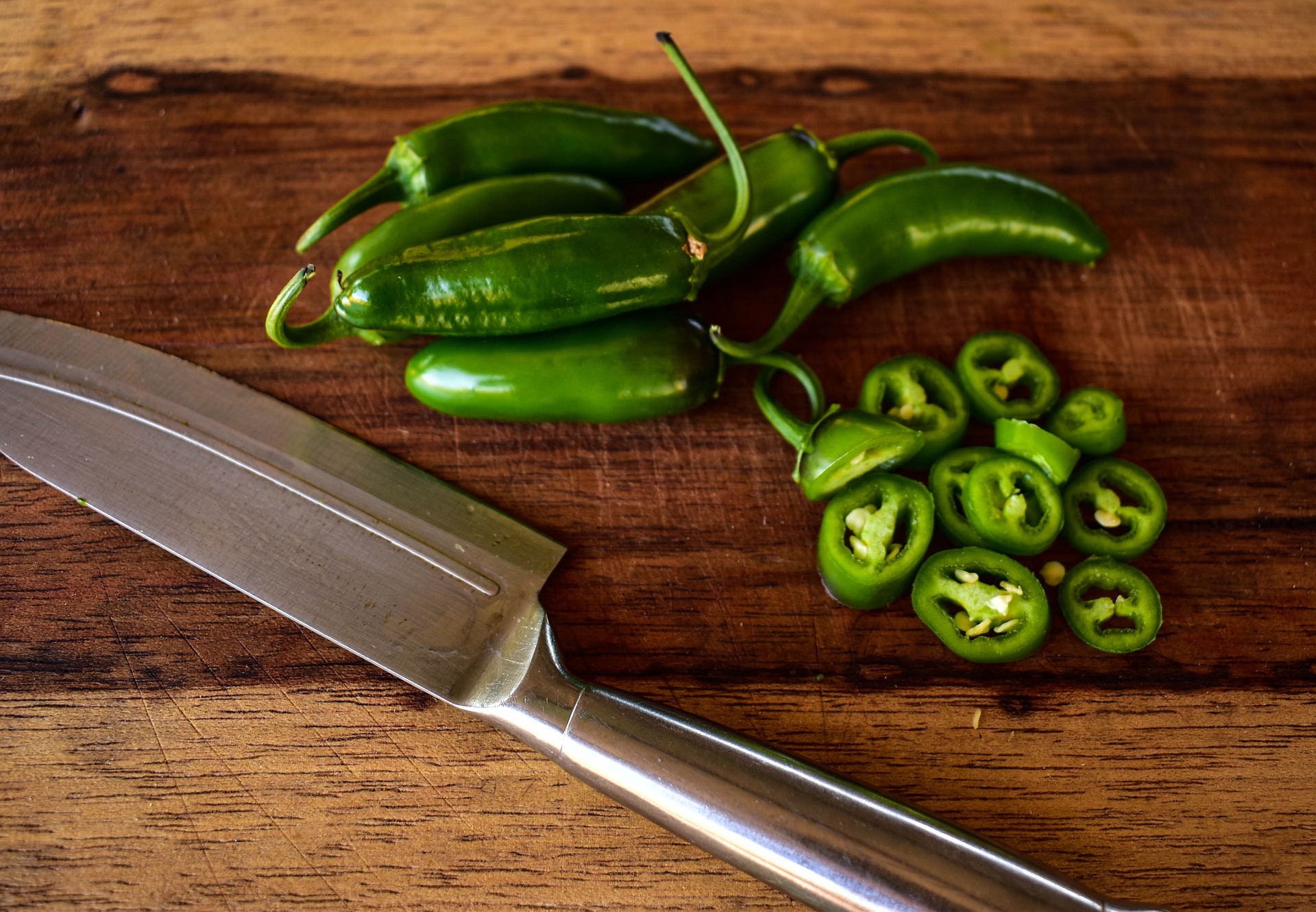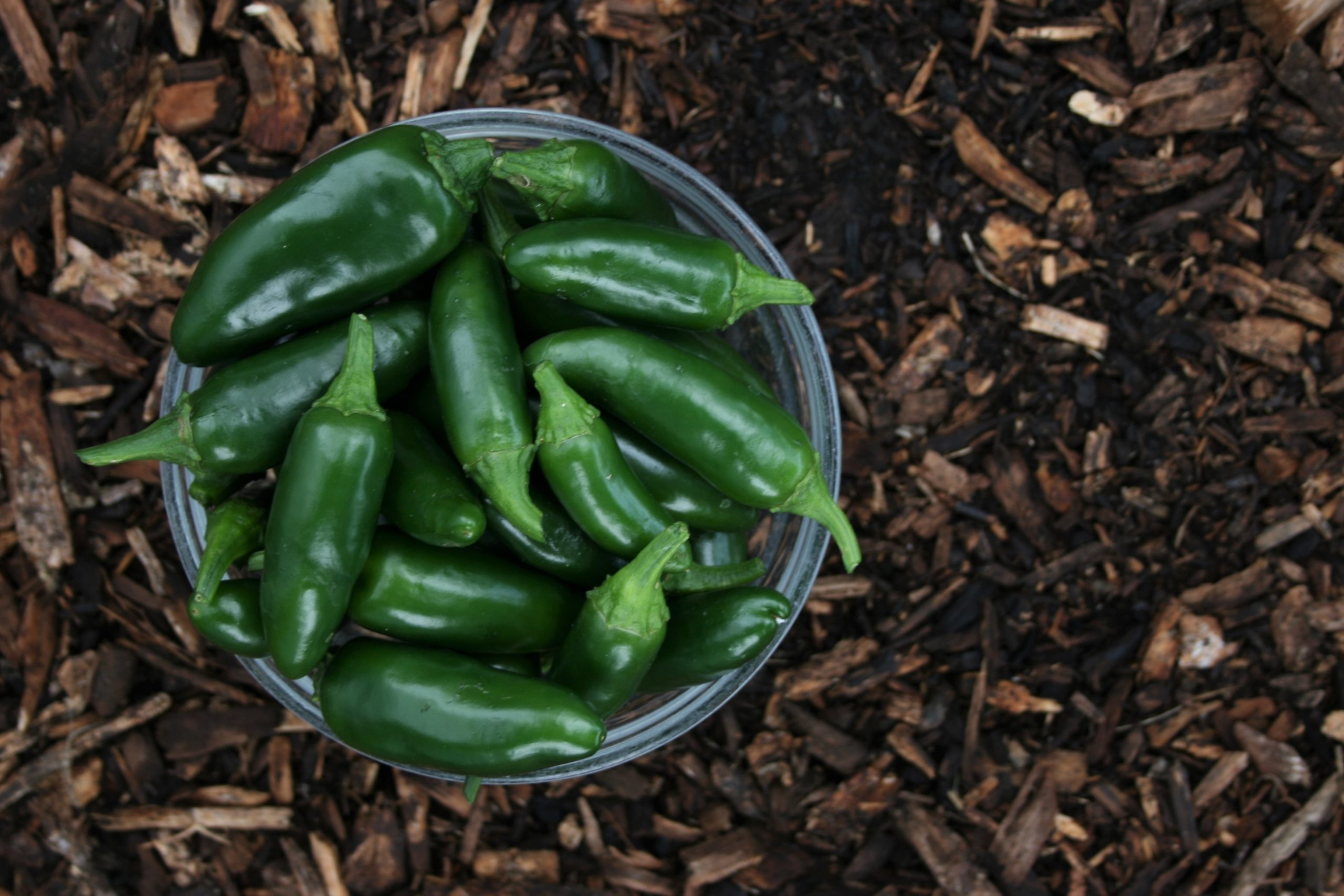Roasting jalapenos brings out the pepper’s sweetness, which is nice. Still, it also breaks down the fleshy cell walls, releasing the juices, which are then infused with the pepper’s more concentrated heat in the seeds and inner membranes, making the whole pepper almost as hot as the seeds and inner membranes. Jalapenos and other green peppers belong to an odd category of vegetables that don’t require blanching before freezing. You could throw whole jalapenos in the freezer and hope for the best, but the results will be far inferior to those obtained by spending a few minutes preparing the peppers first. To know how to cook jalapenos, read further.
The peppers are generally much milder after frying poppers, frequently packed with cream cheese/cheddar/bacon, and possibly fried. Jalapenos become milder as they age, while the half can quickly take habaneros. Cooking them in a skillet (an extraordinarily intense and eye-watering operation) also appears to lower the heat. Remove the stems and cut the rest half lengthwise, removing the seeds. In a big pot of boiling water, combine all of the peppers. Fifteen minutes to boil peppers.
How To Cook Jalapenos?
Jalapenos are a spicy delight that can be tasty. Jalapenos can be prepared in various ways, although most recipes ask to be roasted, grilled, or fried. Roasting jalapenos brings out their inherent smokey flavor and is a simple process. Another popular method for cooking jalapenos is grilling them. Deep frying jalapenos is one of the most common ways to prepare them, especially when stuffed.
Roasting Jalapenos In An Oven
1 Preheat the broiler in the oven
Most ovens feature a broil setting on the knobs that regulate the central oven temperature. Allow at least 10 minutes for the broiler to heat up.
The heat source for the broiler is usually positioned at the top of the oven. Adjust your oven’s racks to make the jalapeno peppers close to the broiler.
2. Remove the stems from the jalapenos
Remove the stems from the jalapeño peppers using a knife. You can also use your fingers to pluck the stems off. If you want your jalapeno peppers to be more of a finger meal, you can leave the stems on.
3. Jalapeno peppers should be cut in half
Before removing the pepper, cut from the tip to the stem, remove the jalapenos seeds if you want the peppers to be a little less fiery.
Slice the stems in half with the rest of the jalapeno if you left them on to make the peppers simpler to eat with your hands.
4. On a pan, place the jalapenos. Place the pepper on the pan with the sliced side down.
The jalapeno peppers can be placed near together, but they must not touch. Cooking spray or butter can coat the pan, but it isn’t required.
To line the baking sheet, lay down a layer of aluminum foil, making cleaning the baking sheet a lot easier.
5. Cook the jalapenos for 7-10 minutes in the oven.
Jalapeno peppers should have wrinkled and somewhat burnt skin. You only want the jalapeno’s skin to char because if the inside of the pepper blackens, it will have a weird flavor.
6. When the skin on the jalapenos seems to be somewhat scorched, remove them from the oven.
Remove the jalapenos from the oven when they appear to be done and set aside to cool. If you want them to cook a little longer, place them in a sealed container while they’re still hot and let them steam on their own.
Remove the charred skin from your roasted jalapenos before using them in a dish. If you let the jalapenos steam for a few minutes after taking them out of the oven, the wrinkled skin will easily peel off. You can store them in a sealed container or cover the peppers in the pan with a bowl.
Is It Safe To Eat Jalapenos?
Health Advantages Vitamins A and C, as well as potassium, are abundant in jalapeos. Carotene, folate, vitamin K, and B vitamins are also present, and carotene is an antioxidant that may help prevent cell damage. Capsaicin, a chemical found in chili peppers, is responsible for many health advantages, giving the spiciness of the pepper.
Is It True That Jalapenos Are Good For Your Liver?
According to new research, consuming capsaicin, the main component in chili peppers, regularly can help prevent liver damage. Capsaicin was discovered to inhibit the activation of hepatic stellate cells (HSCs) in mice models in the study. Chilli peppers have the potential to protect the liver against injury and deterioration. According to new research, consuming capsaicin, the main ingredient in chili peppers, regularly can reduce the risk of liver damage.
What Health Benefits Do Jalapeno Peppers Have?
Jalapeno peppers give your nachos and tacos more than just a jolt of flavor. These tiny, hot green peppers are high in vitamins, minerals, and antioxidants, which help the body stay healthy. Jalapenos may also aid in weight management. To add extra nutrition and flavor to mashed avocado, eggs, salsas, dips, and meatloaf, choose fresh jalapenos.
1. Vitamins
One jalapeno has 109 mg of vitamin C, which is more than a day’s worth of this essential ingredient. Vitamin C is necessary for healthy tissue repair and functions as an antioxidant to boost immunity and combat aging. 6.4 micrograms of vitamin K and 530 international units of vitamin A are also found in one jalapeno. Jalapenos also include a tiny amount of vitamin E and the majority of the B vitamins.
2. Minerals
Considering its small size, a jalapeno has a lot of potassium. One 45-gram pepper has 153 milligrams of potassium or about 7% of the daily requirement of 2,000 milligrams. Iron, magnesium, phosphorus, zinc, copper, and manganese are jalapenos. These minerals aid in producing healthy red blood cells, strong bones, and proper nervous system function.
3. Antioxidants
Jalapenos include antioxidants, vitamins C and E. Antioxidants are phytochemicals that scavenge free radicals in the body caused by pollution in the air, food, and water. It can aid in illness prevention. According to research published in the “Journal of Agriculture and Food Chemistry” in January 2011, fresh peppers had more antioxidants than canned or jarred counterparts.
4. Weight Control
Capsaicin, a compound found in jalapenos, may improve your metabolism and aid in weight loss. Capsaicin, which gives jalapenos and other peppers their heat, can elevate the core body temperature, resulting in an enhanced metabolic rate, according to a study published in the “Journal of Biological Chemistry” in June 2008. Capsaicin’s metabolism-boosting effects are limited, but peppers’ spicy flavour can help you eat less at meals.
Is It Safe To Consume A Large Amount Of Jalapeos?
Concerns Jalapenos’ low heat units make them harmless. However, there are a few possibilities: Problems with the intestines: Eating too many spicy peppers, according to National Capital Poison Control, can cause nausea, vomiting, abdominal pain, and diarrhea. Vitamins A and C, as well as potassium, are abundant in jalapeos. Carotene, folate, vitamin K, and B vitamins are also present, and carotene is an antioxidant that may help prevent cell damage. Capsaicin, a chemical found in chili peppers, is responsible for many health advantages.
Conclusion
Vitamins A and C, as well as potassium, are abundant in jalapeos. Carotene, folate, vitamin K, and B vitamins are also pres,e not, and carotene is an antioxidant that may help prevent cell damage. Capsaicin, a chemical found in chili peppers, is responsible for many health advantages, giving the spiciness of the pepper. Most jalapeos are dark green and grow roughly 2 to 3 inches long. After they ripen, some turn red, purple, or other vibrant colors.


